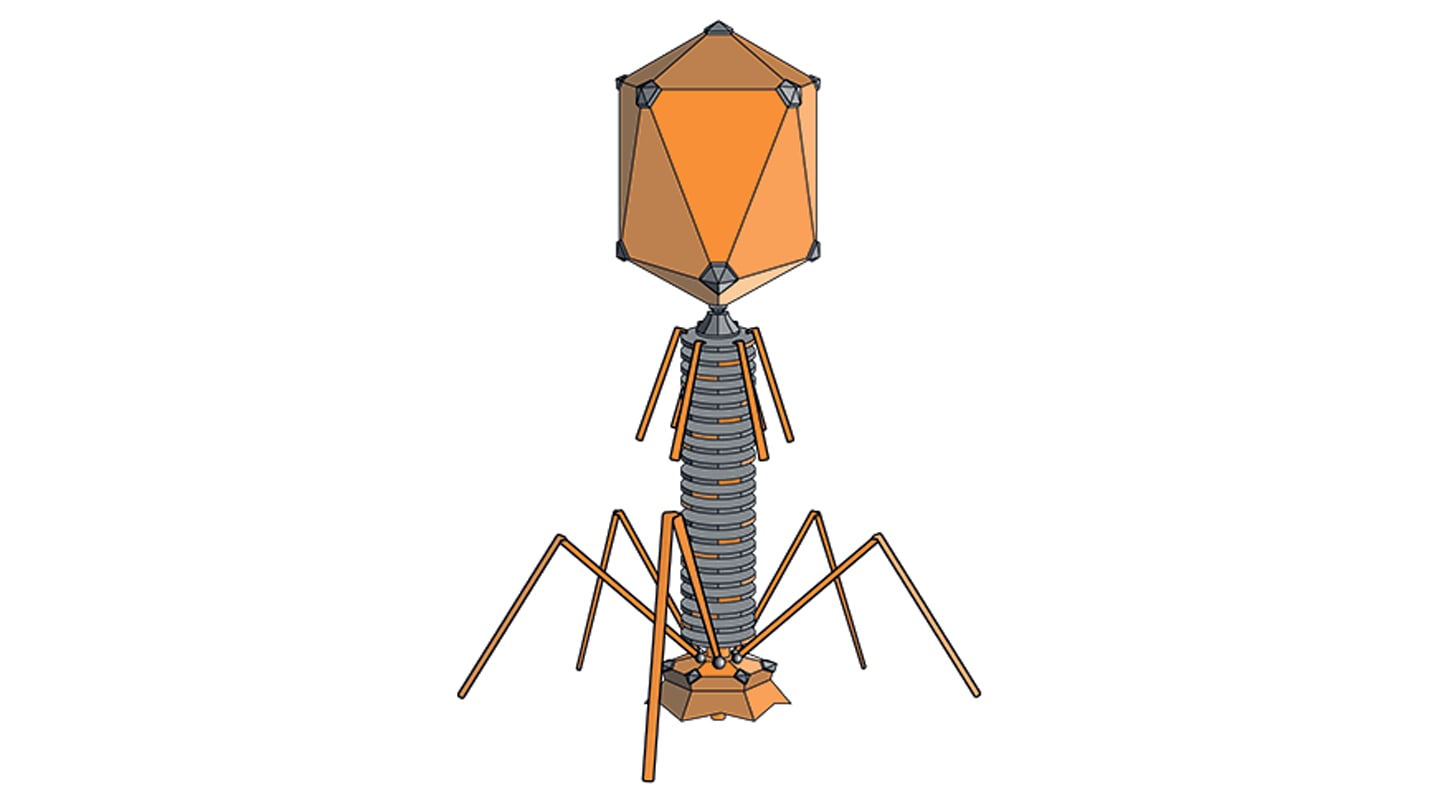
Researchers at the Center for Vaccine Development and Global Health at the University of Maryland School of Medicine, have launched human data supporting a new intranasal vaccine approach targeting the H5 subtype of avian influenza. The study, published in Nature Communications, evaluated the safety and immunogenicity of a recombinant H5 hemagglutinin (rH5) vaccine delivered intranasally, combined with a nanoemulsion adjuvant, and followed six months later by a standard intramuscular inactivated H5N1 vaccine boost.
Forty healthy adults aged 18-45 were enrolled and randomized into five groups. The vaccine regimen was well tolerated with mostly mild reactogenicity (runny or stuffy nose, sore throat). No serious adverse events or new-onset chronic conditions were observed.
After the intranasal series alone, conventional serum measures (hemagglutination inhibition and microneutralization titers) remained very low, showing that intranasal priming by itself did not elicit standard systemic neutralizing titres. However, deeper analyses revealed that participants receiving the adjuvanted intranasal vaccine exhibited significant immune activation.
The intranasal adjuvanted vaccine generated measurable mucosal antibodies in nasal wash samples, suggesting activation of upper-airway immunity. Antibody-dependent cell-mediated cytotoxicity responses (antibodies capable of triggering NK-cell mediated cytotoxicity) were detectable after the intranasal series and rose further after the boost, hinting this may be a useful immune correlate for mucosal vaccine platforms.
H5N1 avian influenza, such as clade 2.3.4.4b, has spread widely in poultry and caused sporadic human cases. The ability to safely prime via the mucosal route and then boost with a systemic vaccine to elicit broad protection across clades offers a platform for pandemic-preparedness. A mucosal vaccine has the advantage of induction of local (upper airway) immunity, which may reduce infection and transmission, not just symptomatic disease.
The findings support further clinical development of the intranasal rH5-NE approach, including larger trials and possibly direct challenge or transmission studies.




